In Memoriam: Manfred Rennen
BMW designer whose work helped define the brand during its stylistically formative ‘70s period
Manfred Rennen with a sketch of the proposed BMW 2000 PT sports car, 1966
Despite having neither kink nor butt attributed to his name, it would be an understatement to describe Manfred Rennen’s contributions to BMW design as merely significant.
A lifelong car enthusiast, Rennen - like most other budding car designers of his generation - had to make a detour (via airplane constriction, in his case) before turning his dream of becoming an automotive designer into reality.
In those days, the sheer size of today’s car design departments would have been all but unimaginable. So when Rennen started work at BMW in 1966, he joined a department overseen by Head of Body Engineering, Wilhelm Hofmeister (of kink fame), consisting of studio director, Georg Bertram, and no more than a handful of craftsmen.
Despite obviously being hardly overstaffed, Rennen initially had to contend himself with designing badges and wheel caps. Having eventually proven himself, he was assigned to designing the rear end of a two-door adaptation of Michelotti’s Neue Klasse - the 02 range.
Rennen’s greatest stylistic achievement was created in the 02’s wake, in the dashing shape of the CS (E9) Coupé. Just as the 02 had evolved Michelotti’s Neue Klasse design, the E9 - once again styled in close collaboration with Bertram - was based upon Giugiaro’s 2000 CS, yet improved on that design in every single regard. Of all large BMW coupés, prior and after, the E9 (for the sake of emphasis: a refined take on a Giugiaro design) must be considered the marque’s finest stylistic effort.
Manfred Rennen (with BMW Head of Body Engineering, Wilhelm Hofmeister, on the left) in 1966
At the dawn of the ‘70s, both Bertram and Rennen left BMW for Audi - albeit, in the latter’s case, only for less than two years. Upon his return to Munich Milbertshofen, Rennen worked on the E9’s famed CSL derivative and was put in charge of the first BMW 7 series’ (E23) exterior design. In addition, he finished the 6 series coupé (E24). That latter task was required of him in the wake of the departure of Paul Bracq, Bertram’s successor. Rennen amended some of Bracq’s more playful ideas - most notably the semi-concealed headlights - and aligned the 6 more closely with the 7’s appearance, making for a less attention-grabbing, more brand-consistent design.
Manfred Rennen (2nd from right, next to chief designer, Claus Luthe) in 1987
With the arrival of Claus Luthe in 1976, BMW Design’s operations reached an altogether new level of professionalism. Instead of a handful of devoted petrolheads, often working on one project at a time, the department would soon reflect the need to attend to a full, ever-evolving range of cars. Accordingly, Manfred Rennen’s duties became more manifold and also somewhat administrative, although he did some hands-on work on the E24’s facelift, E28 5 series, E30 Dreier (on which he worked alongside Boyke Boyer, Rennen’s heir-of-sorts) and E31 8 series. Apart from this work on specific cars, Rennen also played a crucial role in introducing computer-aided design (CAD) and establishing a clay modelling apprenticeship at BMW.
BMW 8 Series (E31) proposal by Manfred Rennen
If automotive design on an industrial scale is to be likened to a clockwork, with several components having to interact for it to function properly, Manfred Rennen must be considered a crucial cog that enabled the BMW apparatus to work - and the BMW brand to evolve. Using Michelotti’s Neue Klasse as starting point, Bertram, Bracq and Rennen established the visual vocabulary that has been considered the essence of the BMW aesthetic for four decades.
Manfred Rennen
(* February 13th, 1937 - † June 12th, 2021)
Image credit: BMW Group Classic





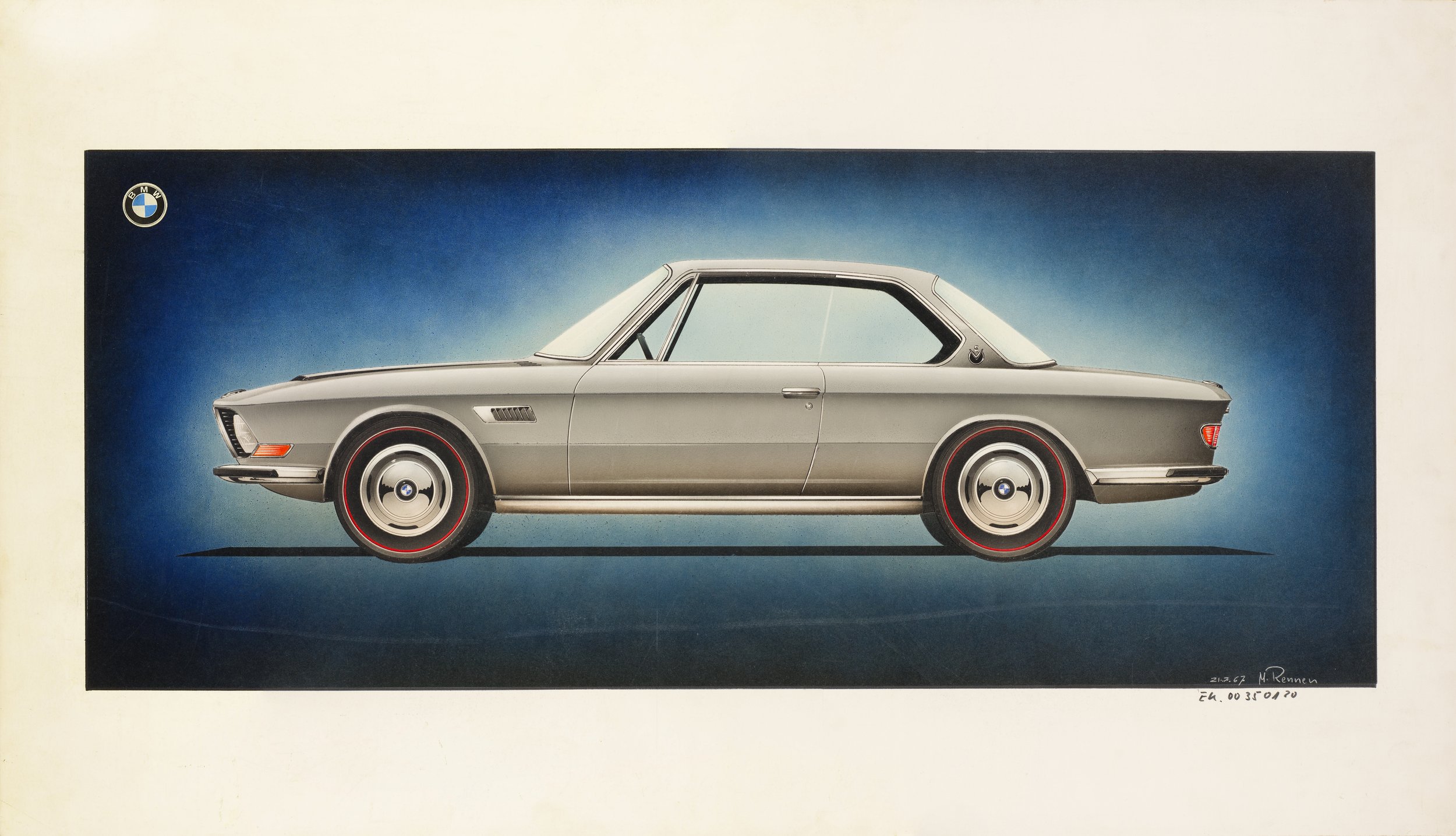


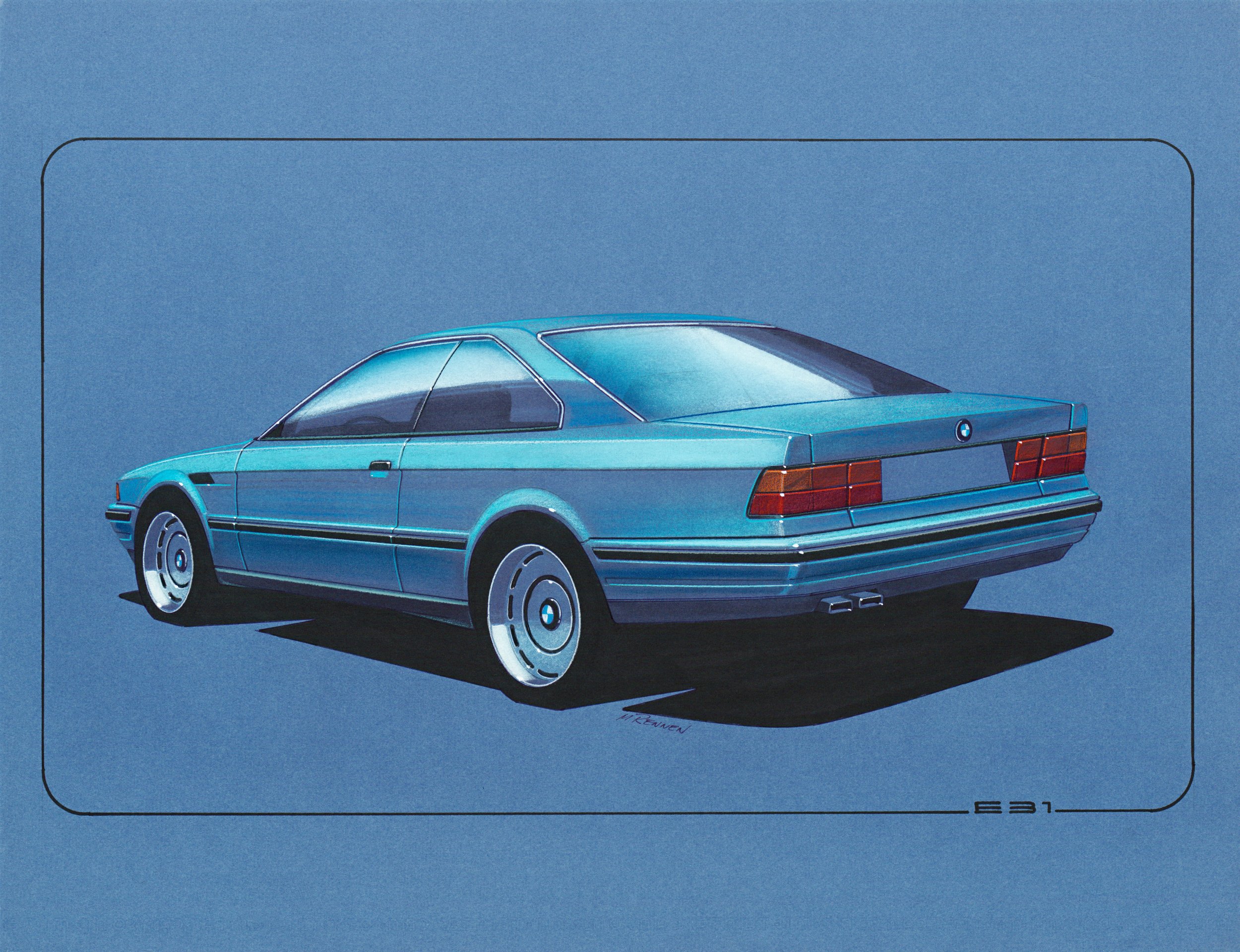
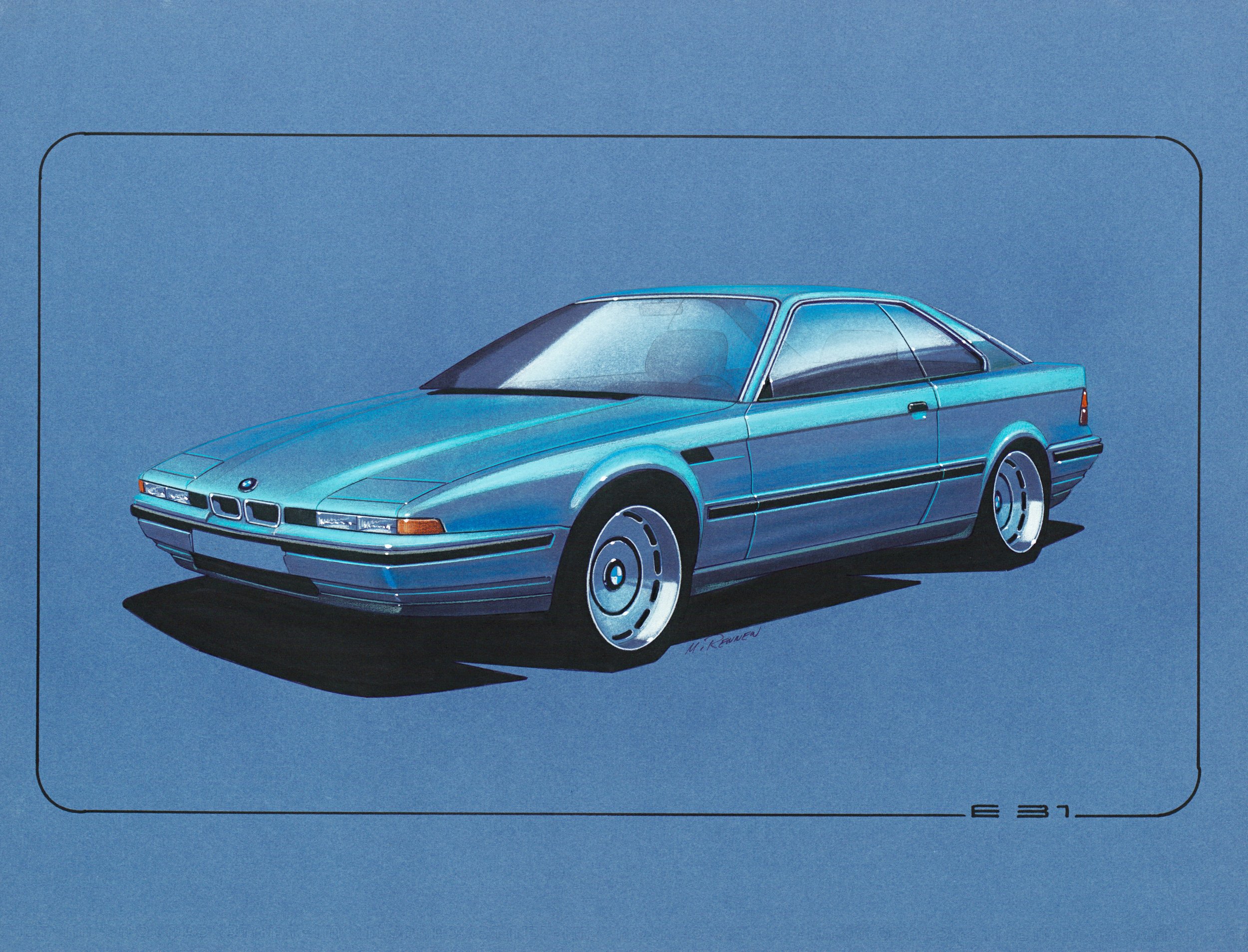
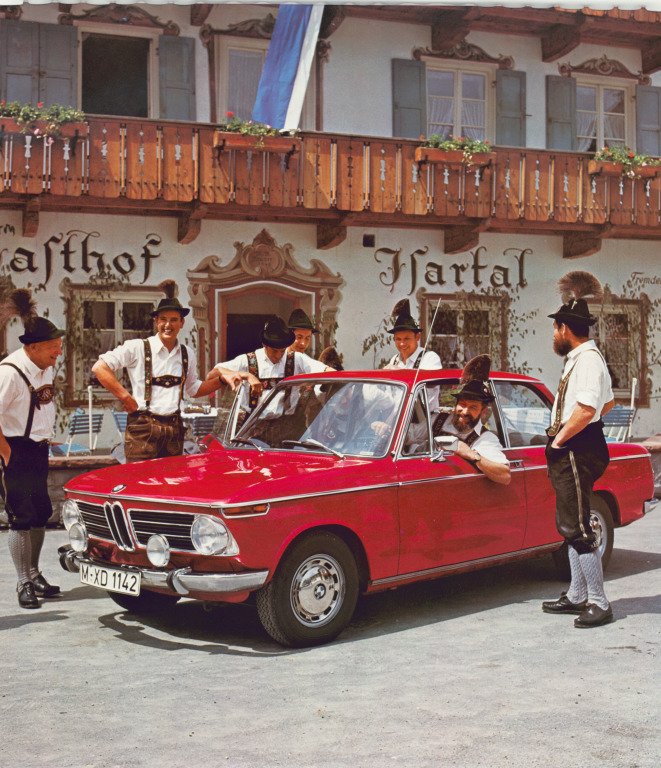


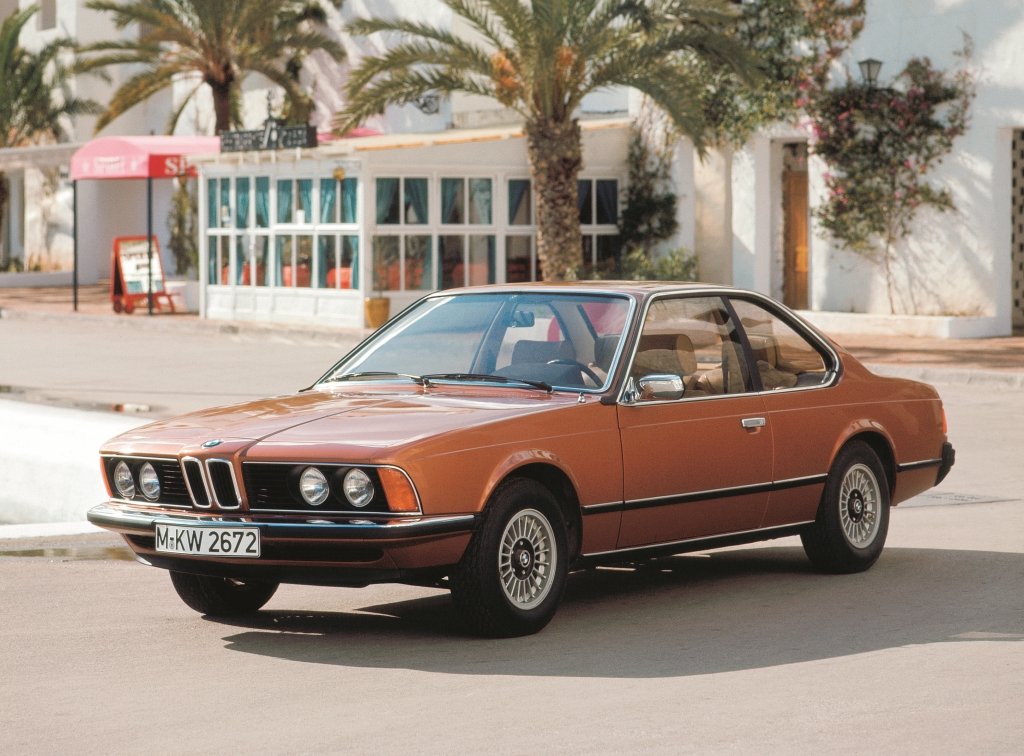
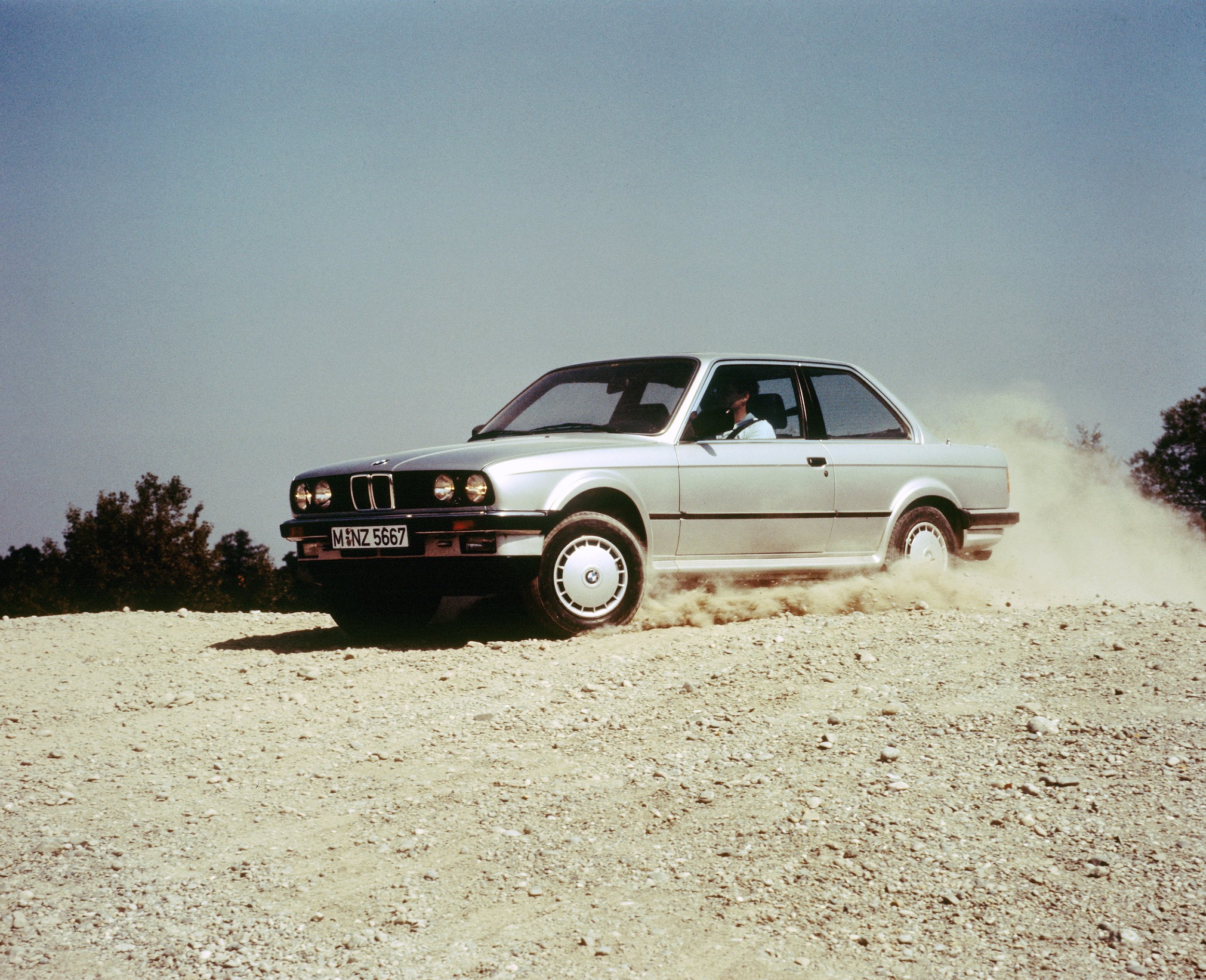









Car interior designer who created some of the most significant cabins of all time, most notably the Porsche 928’s